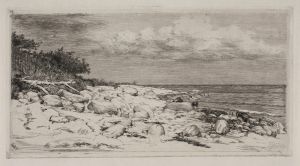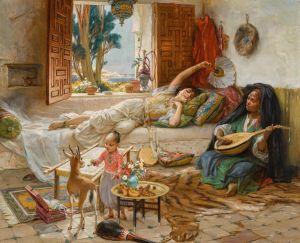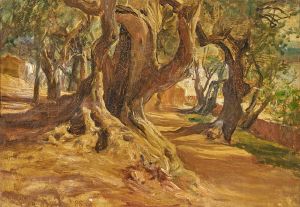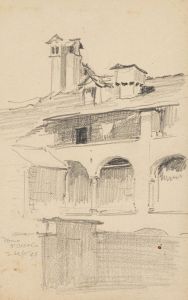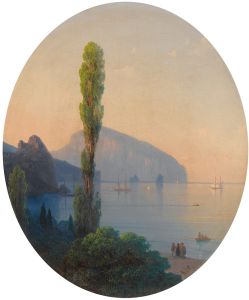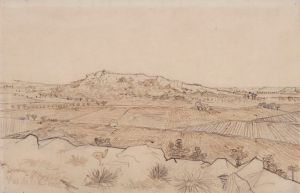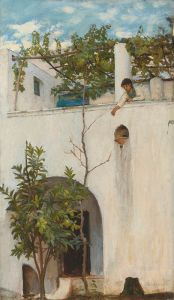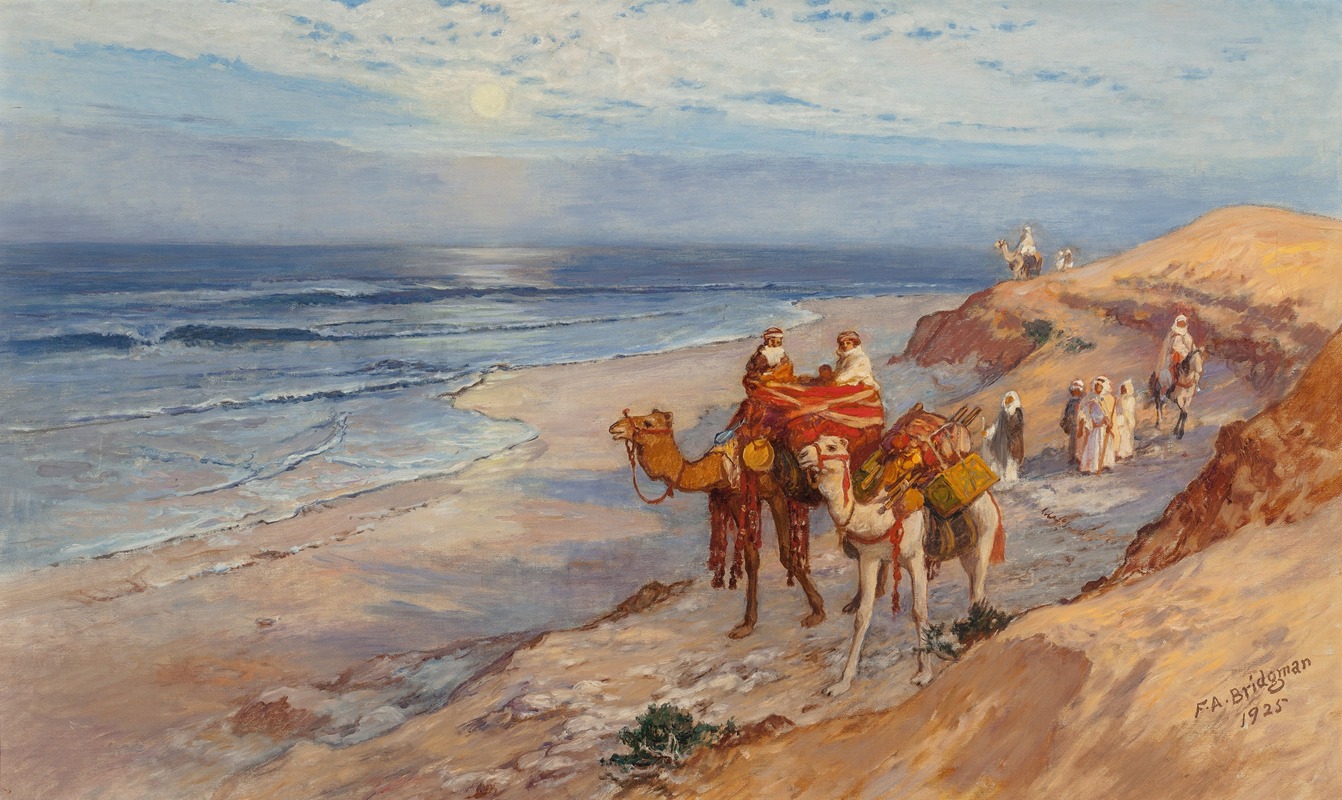
Sur la côte de Tanger l’Atlantique
A hand-painted replica of Frederick Arthur Bridgman’s masterpiece Sur la côte de Tanger l’Atlantique, meticulously crafted by professional artists to capture the true essence of the original. Each piece is created with museum-quality canvas and rare mineral pigments, carefully painted by experienced artists with delicate brushstrokes and rich, layered colors to perfectly recreate the texture of the original artwork. Unlike machine-printed reproductions, this hand-painted version brings the painting to life, infused with the artist’s emotions and skill in every stroke. Whether for personal collection or home decoration, it instantly elevates the artistic atmosphere of any space.
Frederick Arthur Bridgman was an American artist known for his detailed and vibrant depictions of scenes from North Africa and the Middle East. Born in 1847 in Tuskegee, Alabama, Bridgman became one of the most prominent American Orientalist painters of the 19th century. He studied at the École des Beaux-Arts in Paris and worked under the tutelage of Jean-Léon Gérôme, a leading figure in Orientalist art. Bridgman spent a significant amount of time traveling in North Africa, particularly in Algeria and Egypt, which greatly influenced his artistic style and subject matter.
"Sur la côte de Tanger l’Atlantique" is one of Bridgman's works that reflects his fascination with the landscapes and cultures of North Africa. The title translates to "On the Coast of Tangier, the Atlantic," indicating the geographical focus of the painting. Tangier, a city in Morocco, is located on the North African coast where the Atlantic Ocean meets the Mediterranean Sea. This strategic location has historically made Tangier a cultural crossroads, influencing its architecture, culture, and art.
Bridgman's painting likely captures the essence of Tangier's coastal landscape, characterized by its unique blend of natural beauty and cultural richness. His works are known for their meticulous attention to detail, vibrant color palettes, and the ability to convey the atmosphere of the places he depicted. Bridgman often included elements such as local architecture, traditional clothing, and everyday life in his paintings, providing a glimpse into the world he observed during his travels.
The painting "Sur la côte de Tanger l’Atlantique" would typically feature the interplay of light and shadow, a hallmark of Bridgman's style, highlighting the natural beauty of the Atlantic coast. His use of color and composition would aim to evoke the sensory experience of being in Tangier, capturing the essence of the location's unique environment.
Bridgman's work is part of the broader Orientalist movement, which was characterized by Western artists' interest in depicting the cultures and landscapes of the East. While Orientalism has been critiqued for its often romanticized and exoticized portrayals, Bridgman's paintings are appreciated for their artistic merit and the insight they provide into 19th-century Western perceptions of North Africa.
Throughout his career, Bridgman achieved considerable success and recognition. His works were exhibited widely, and he received numerous accolades for his contributions to art. Today, Bridgman's paintings, including "Sur la côte de Tanger l’Atlantique," continue to be studied and admired for their technical skill and historical significance.
Unfortunately, specific details about the painting "Sur la côte de Tanger l’Atlantique," such as its current location or the exact year it was painted, are not readily available in public records. However, Bridgman's legacy as a leading figure in Orientalist art remains influential, and his works continue to be celebrated for their beauty and cultural insight.





